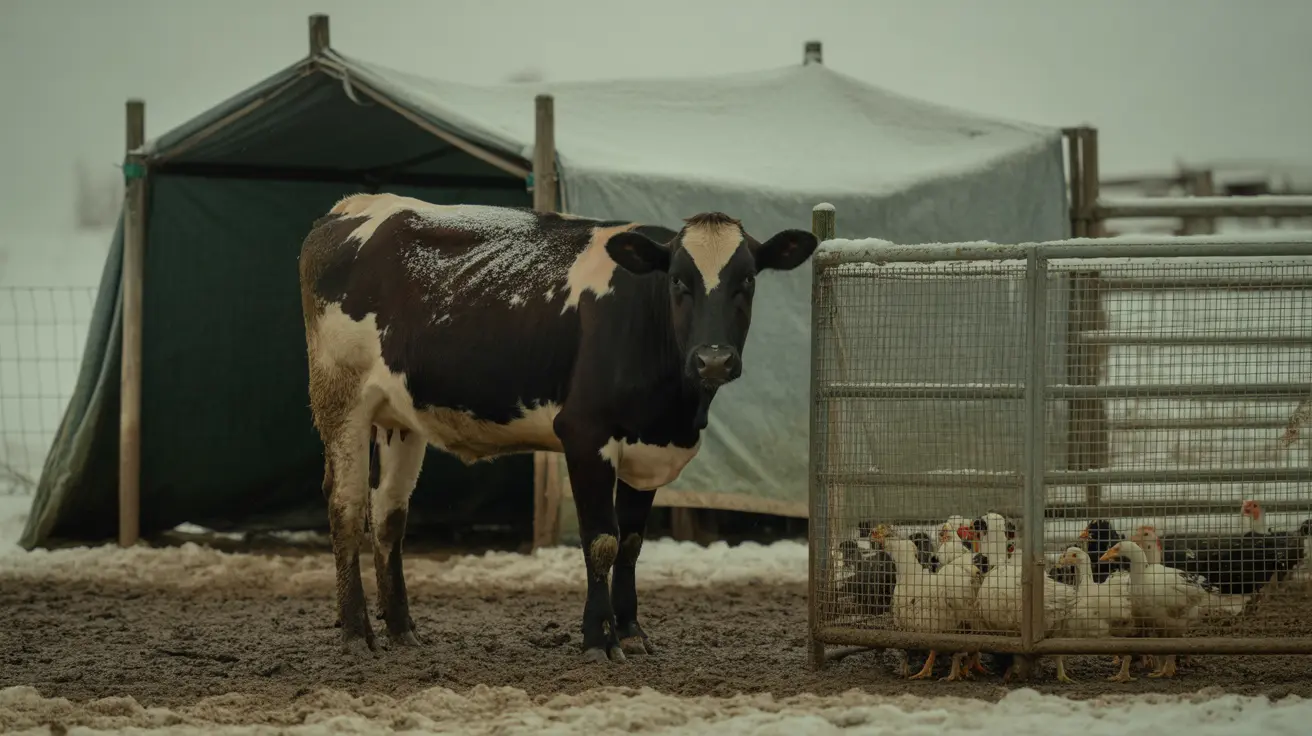Why Does My Cat Love Milk?
Many cat owners have witnessed their feline companions eagerly lapping up a bowl of milk, seemingly in absolute bliss. But is this fondness for milk genuine, and more importantly, is it safe for your cat? In this article, we’ll explore why cats are attracted to milk, whether it's suitable for their diet, and what alternatives may be better for their health.
Understanding the Feline Fascination with Milk
Cats love milk primarily due to its fat content. Historically, cats were often given fresh milk straight from the cow, which is significantly richer in fat than processed milk from stores today. The aroma and taste of the fat and proteins in milk are enticing to a cat’s sensitive senses.
Do Cats Actually Need Milk?
Despite their attraction to milk, most adult cats are lactose intolerant. As kittens, they have the enzyme lactase, which helps digest their mother’s milk. However, as they grow into adulthood, their body produces less lactase, making it difficult to digest lactose, the sugar in milk.
When cats drink milk and can't digest the lactose properly, it can lead to symptoms such as:
- Upset stomach
- Gas
- Diarrhea
- Cramping
This reinforces that while they may love milk, it’s not necessarily good for them.
Is Milk Ever Okay for Cats?
In small quantities, some cats may tolerate milk without immediate issues, but this is the exception rather than the rule. If you decide to give your cat milk, observe them closely for any signs of digestive discomfort.
Lactose-free cat milk is available commercially and is a safer treat if you want to indulge your pet occasionally.
Healthier Alternatives for Treats
If you're looking to pamper your feline friend without risking tummy trouble, consider these alternatives:
- Cooked lean meats like chicken or turkey
- Commercially available cat treats
- Specialized cat milk (lactose-free)
- Wet cat food with rich flavors and meaty broths
Addressing Common Misconceptions
There’s a persistent myth that cats and milk go hand-in-paw, often depicted in cartoons and folklore. But the reality is that giving milk to cats regularly can be harmful.
Proper feline nutrition is based on a meat-rich diet that fulfills all their essential nutrient requirements. Milk offers none of these and may do more harm than good.
Signs Your Cat Can’t Handle Milk
Watch for these symptoms after giving your cat milk:
- Loose stools or diarrhea
- Vomiting
- Bloating or flatulence
- Loss of appetite
These signs indicate a lactose intolerance, and it’s best to discontinue milk immediately.
How to Provide Milk Safely, If at All
If you still want to offer milk as an occasional treat:
- Start with a small amount—just a tablespoon or two.
- Use lactose-free milk made for cats.
- Never substitute milk for water or a balanced diet.
- Monitor your cat afterward for any reactions.
Conclusion
Your cat’s love for milk is rooted in its enticing fat content and sensory appeal. However, milk is not necessary or recommended for most adult cats, especially considering the risk of lactose intolerance. To keep your cat happy and healthy, stick to treats and diets specifically formulated for felines. If you still want to indulge their creamy cravings, reach for specially formulated lactose-free cat milk and always serve it in moderation.





